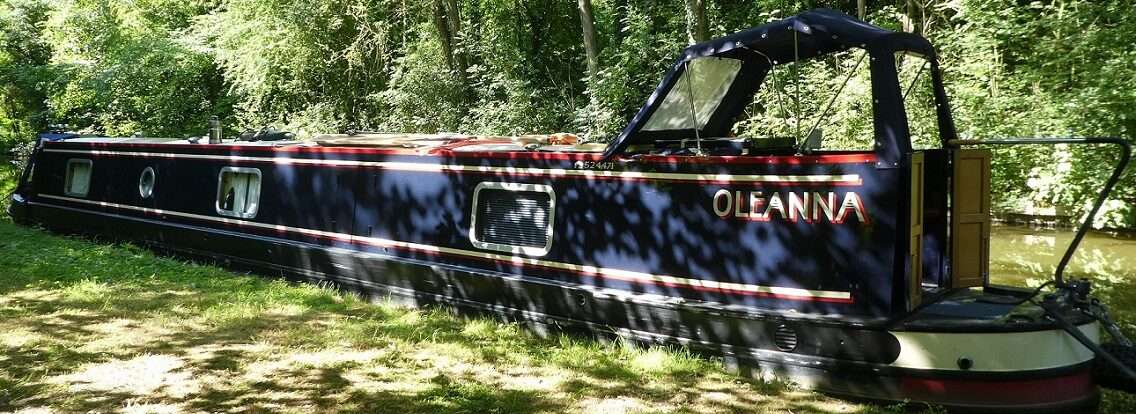Ely


The alarm was set and we were breakfasted, none boating clothes on and walking to the station by 8:20am. Mick had forgotten to bring with him a mask so did a quick dash into Tescos. Then we were on our way to London for the day.

A tube ride and a short walk brought us to the Walkie Talkie building where we joined the queue to head up to the Sky Garden. After security checks we zipped up to the 35th floor to join Marion, John and most importantly Fran, Mick’s niece who turns 40 tomorrow.


The first section of the viewing gallery really needs a good window wash as dribbles disturb the view across the river. What a view it was! My photos don’t do it justice.
360 degrees of London, all of it.



We paused for a sit down and a young lad was asking his mum what a flower in the garden was, a large yellow lavish affair with bright red stamen. She didn’t know and was suggesting they took a photo and found out later. My app came in handy and we discovered it was a Ginger Lily, the little lad was very pleased.

Next was a recce of Borough Street Market where we met up with Kath another sibling of Mick’s. A sit down whilst we considered what to have for lunch meant we had to have a drink!


The Wheatsheaf came up trumps with one of Mick’s old favourites, Young’s Original. They also had a couple of gluten free beers to choose from.

Fran and I had our eyes on the paella with giant langoustine, although the chap in front managed to get the last one! Mick and Kath had huge salt beef sandwiches, whilst Marion and John had empanadas.


A saunter along the south bank followed as we’d need to work off lunch. Mick pointed out YET again which buildings he used to work in along the river, along with all the pubs that he used to frequent when he was a yuppy!

Across the wibbley Millennium Bridge towards St Pauls to catch the tube out to High Street Kensington and The Design Museum.

A cuppa and a sit down before some headed off to look round the Football: Designing the beautiful game exhibition, Kath headed into Holland Park to people watch whilst Mick and I looked round the rest of the displays.


Bethany Williams is a fashion and textile designer. She reuses waste in her work and involves communities. Several items were made from tents that had been abandoned at festivals, others are overprinted with bright bold designs.

She was one of the three designers who in 2020 founded the EDN (Emergency Designer Network). Using their knowledge of textile manufacturing they created a network that galvanised over 200 UK volunteers who made approximately 12,000 scrubs, 100,000 masks and 4,000 gowns for frontline staff. They created their own pattern for ease of manufacture, had factories cut out the fabric and assembled kits for them to be made up.

The top floor houses an exhibition called Designer Maker User. Here items are displayed to illustrate how important each element of their creation is, whether it be design for a wonderful looking item or a user suggesting an item should be a certain size, each stage is as important as each other. Chairs, Telephones, logos, all sorts of things.





Time for another sit down in another pub The Prince of Wales where we all congregated and refreshed ourselves before crossing the road to eat at Dishoom. Here we were joined by Richard (Fran’s brother), Christine and Paul, leaving only one of Fran’s Aunts missing Anne who is currently with grandchildren in Wales.

Dishoom is a chain of restaurants based on the old Irani Cafes of Bombay. They serve breakfast, chai, lunch and evening meals. Here the restaurant is based in the old Barkers Department store, 1930’s decor surrounded us. For every meal they serve they donate one to a child who would otherwise go hungry. So far they’ve donated 13 million meals.


The menu took a little bit to understand as the dishes don’t tend to be quite the size of your normal Indian restaurant, so you are encouraged to order a couple each. There was a good gluten free menu, from which Mick and I chose a good selection. At the other end of the table a Lamb Biryani with a pastry crust resembled a cow pie.

Paneer Tikka, Chicken Ruby, Bowl of Greens, Steamed rice, a roti for Mick and Kala Chana Salad, all very very tasty. I may have to put the Dishoom cookery book on my Christmas list. Oh and some Indian Chilled Medication of the mango variety.
A very lovely day to celebrate Fran’s 40th birthday, thank you for inviting us.

We made our way back to Kings Cross believing there to be a train every half hour back to Ely. But two disruptions had occurred earlier in the day with overhead power lines so the departure board looked a touch discouraging with cancellations and delayed trains. We toyed with going to Liverpool Street Station for a train which would get us to at least Cambridge, but then the board changed showing a slow train to Cambridge. A later train was still showing as heading through Ely an hour later. We boarded the stopping service and hoped the later train would still run so we could change trains at Cambridge. We were fortunate that our plan worked, arriving back in Ely just gone midnight. Tilly was very pleased to see us even though we’d left her with her magic food bowl.

0 locks, 0 miles, 3 trains, 3 tubes, 7 miles walked, 3 out of 4 aunts, 1 uncle, 1 nephew, 1 40 year old niece, 1 very lovely day with family, 1 Indian chilled medication.


































































































































































































































































